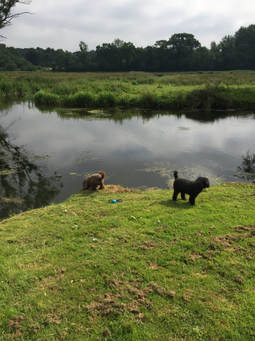 Tommy and Lola take a drink Tommy and Lola take a drink I swore my devotion to London many years ago. It is where I was born and where I did most of my growing up. Even during a three year sojourn in Paris I was desperately homesick for London, so it has come as something of a surprise to find myself in Norfolk. I made the move to find a new perspective on my writing and have found that the proximity to nature not only stimulates my imagination but also brings me closer to the past. Time obeys different rules here. The rate at which the abundant and vigorous plant life beside the water at the lip of my garden, home to all manner of life, grows gives the sense that without man it would take a mere few years for nature to reclaim its territory and erase all sign of centuries of progress. Yet life also seems to slow here and small but regular events, like the daily 7am battalion of tiny goldfinches that come to feed on the thistles near my kitchen and the little Chinese water buck that leaps out of the barley as I pass with my dogs each evening, or the family of stoats that have made their home beneath the barn, offer simple delight. It is easy to imagine my seventeenth century characters also experiencing such ordinary rural happenings and it no doubt helps that I live in a cottage that dates from their time, albeit altered beyond recognition inside and certainly a good deal more comfortable. I have always found inspiration whilst walking alone and here, in pockets of wilderness with no sign of modernity, the experience is intensified. Nature echoes with the past, whispering things to me as I walk by. The Broads have a topography all their own, vast, constantly-changing skies over a flat expanse of land that is saturated with water and alive with hundreds of species of bird. The act of walking in solitude through this landscape, with only my dogs for company, one trotting at my heel, the other always running on ahead, allows my mind spooling through the heads of my characters, hearing them speak, imagining existing in their bodies, bringing them into vivid life. 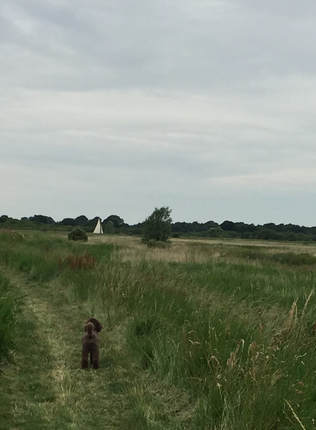 A distant sail A distant sail A favourite place is St Benet's Abbey, a few scattered ruins that mark the site of a vast medieval religious establishment founded on the site of a ninth century monastery. It seems so remote and tranquil, with just the odd boat gliding past on the nearby maze of waterways and I imagined those early monks at their devotions without the interruptions of ordinary life. But after a little research I discovered that in fact in the past the area around St Benet's was a hive of activity and commerce. By the twelfth century the East of Norfolk was documented as being one of the most densely populated parts of the country. Indeed St Benet's was the site of a rebellion during the peasant's revolt. With the population so large, woodlands were cleared for fuel and building. But once timber supplies grew short, locals turned to peat as an alternative source of fuel. By the fourteenth century the vast holes created by peat extraction began to fill with water as sea levels rose and the whole area was regularly devastated by flooding. Nature's attempt to reclaim supremacy over the land. Before long, humans fought back with complex systems of drainage and the 200km of navigable waterways of the Broads came into being. By the beginning of the twentieth century the Broads were a hugely popular tourist destination and continue to be so, but still out walking it is possible to wander for miles and barely encounter a single soul. I still find it curious to see at a distance the sail of a boat passing languidly across a vista of marsh and farm land,on an invisible ribbon of water hidden by the raised dykes on either side. As I walk, aware of small birds fidgeting in the reeds, the rustle of something, an otter perhaps, in the undergrowth, a quick smatter of raindrops, time folds back on itself and I am in the past.
0 Comments
|
Subscribe to Elizabeth's quarterly newsletter below:Archives
June 2018
Categories
All
|
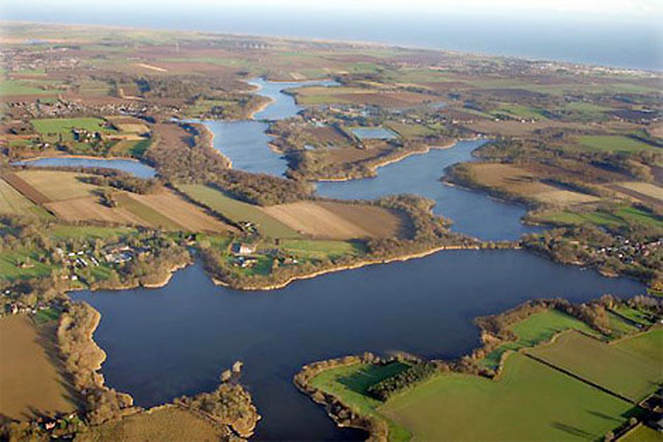
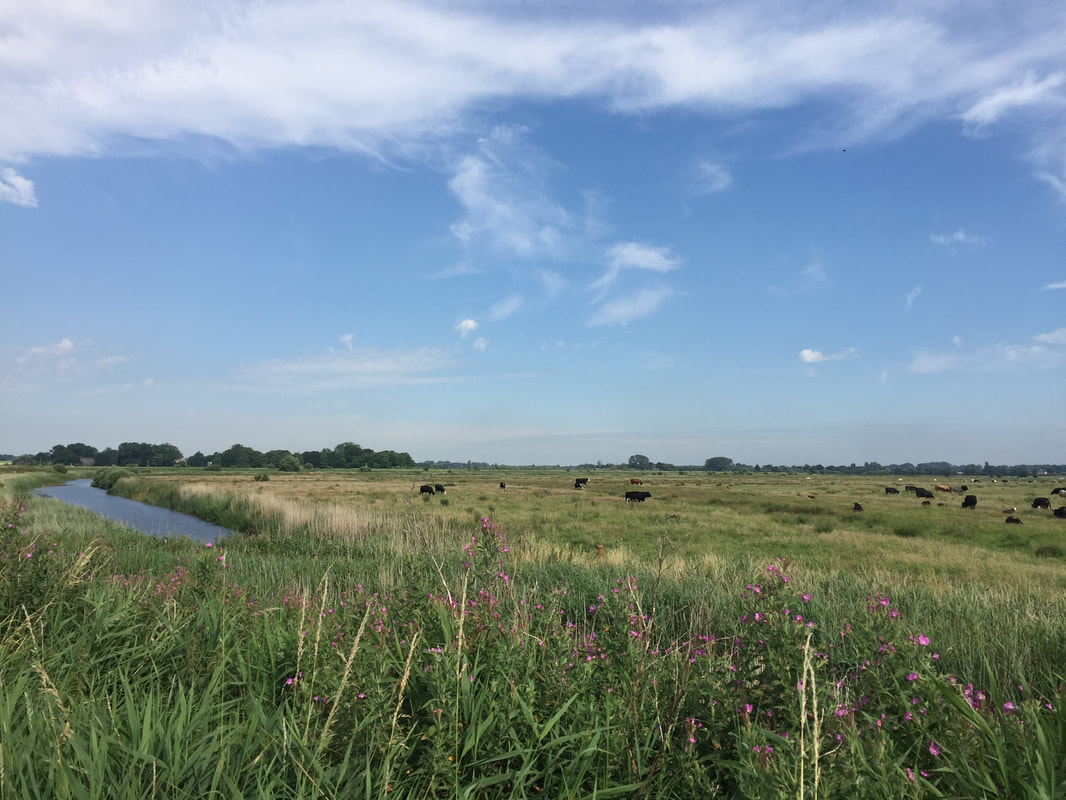
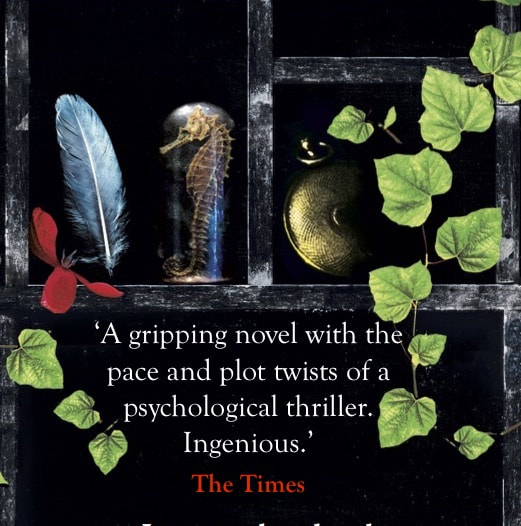
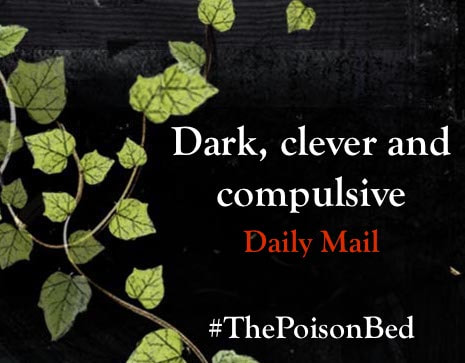
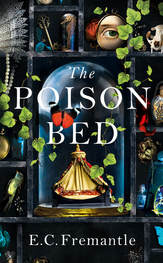
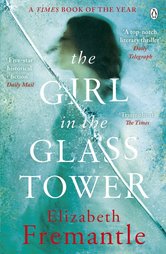
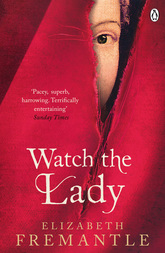
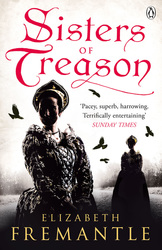
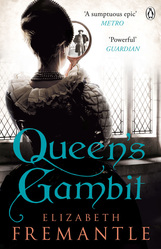
 RSS Feed
RSS Feed
